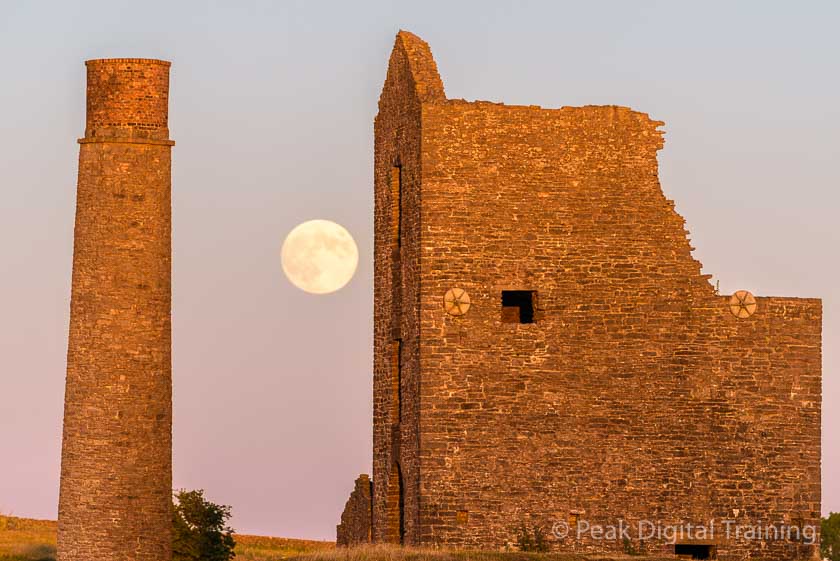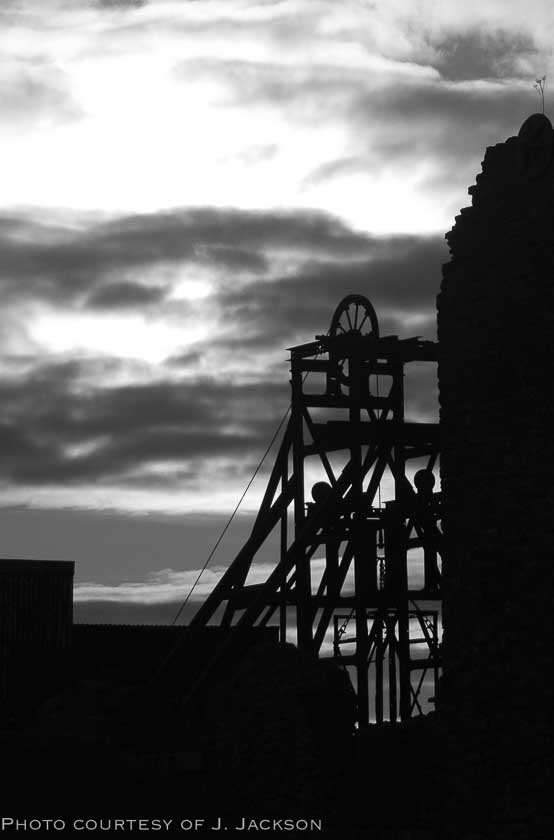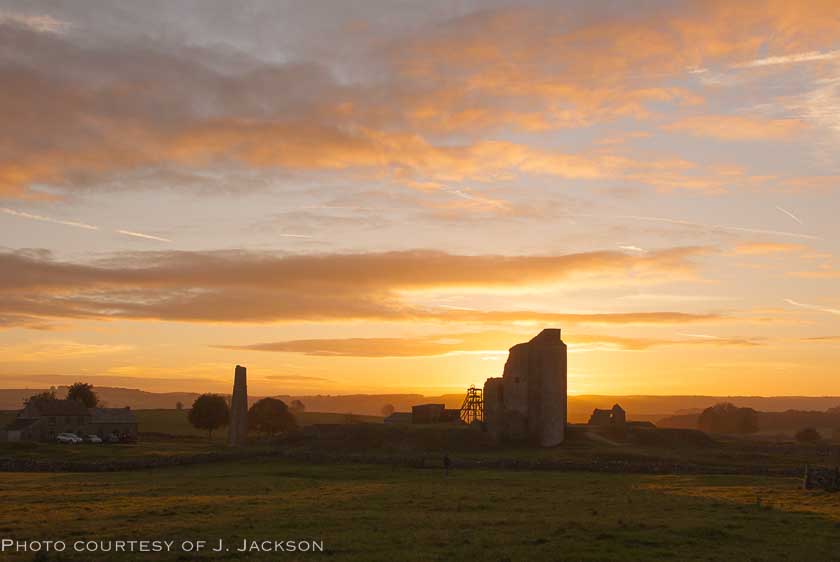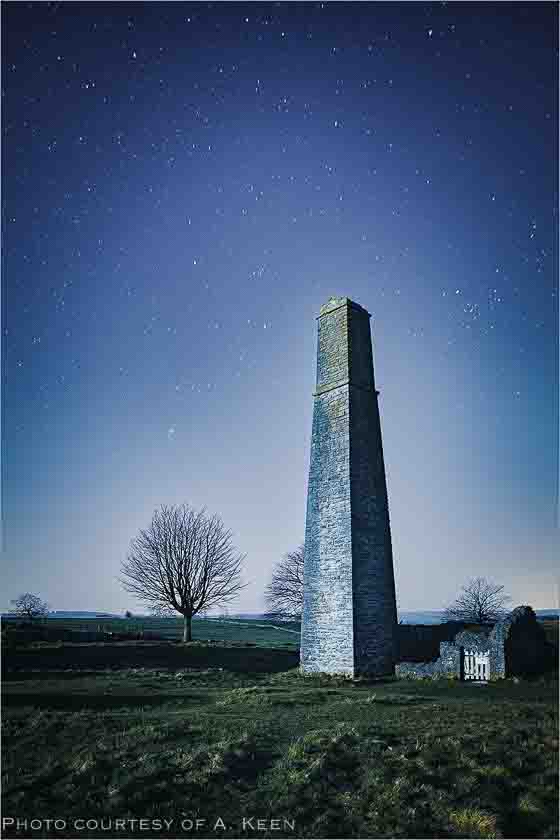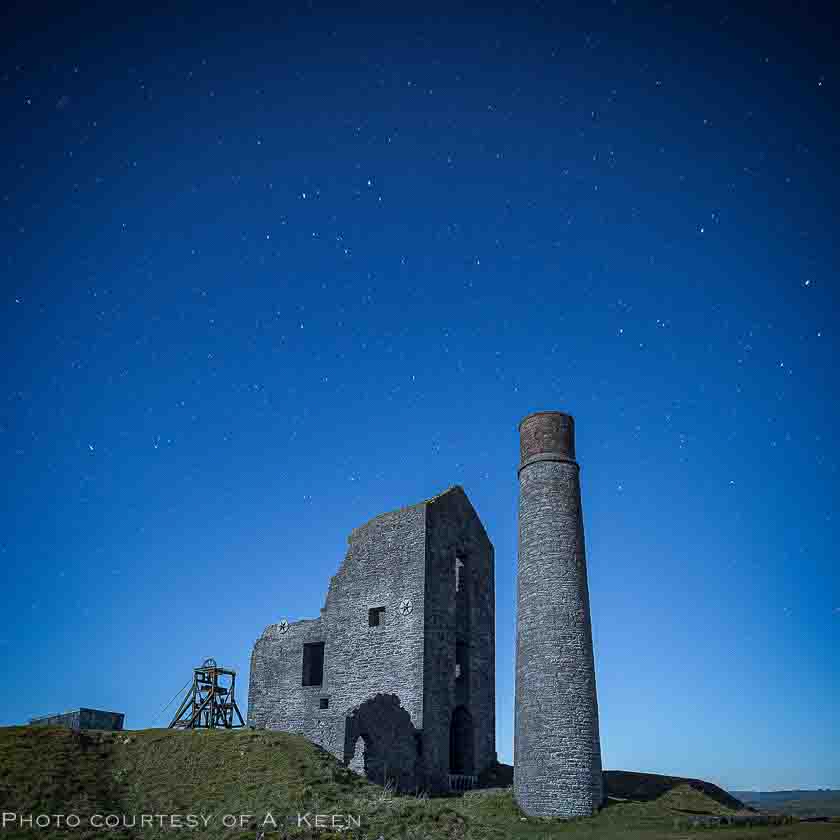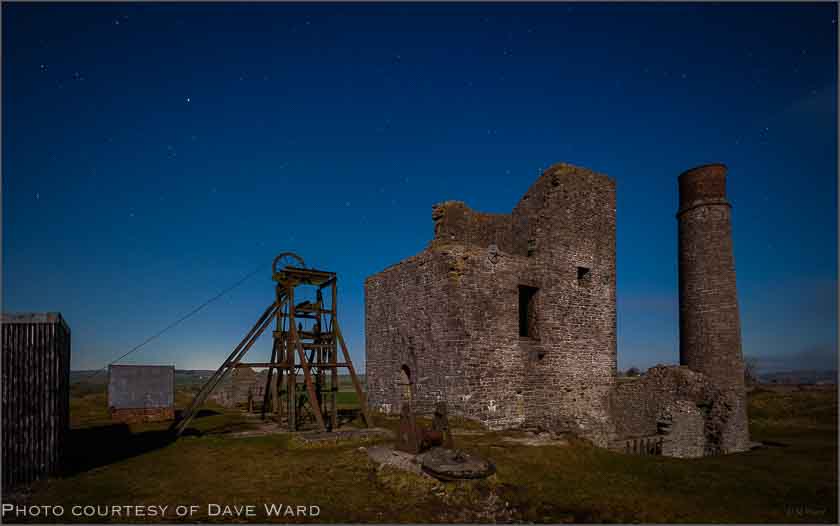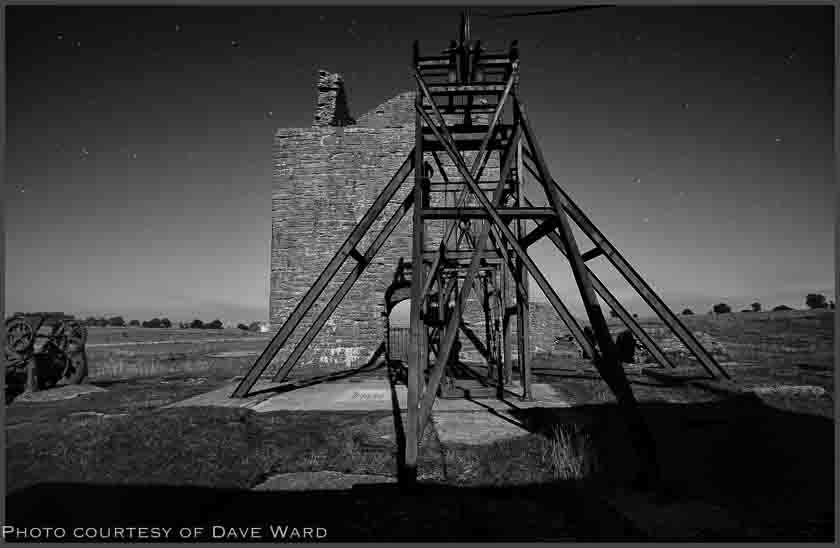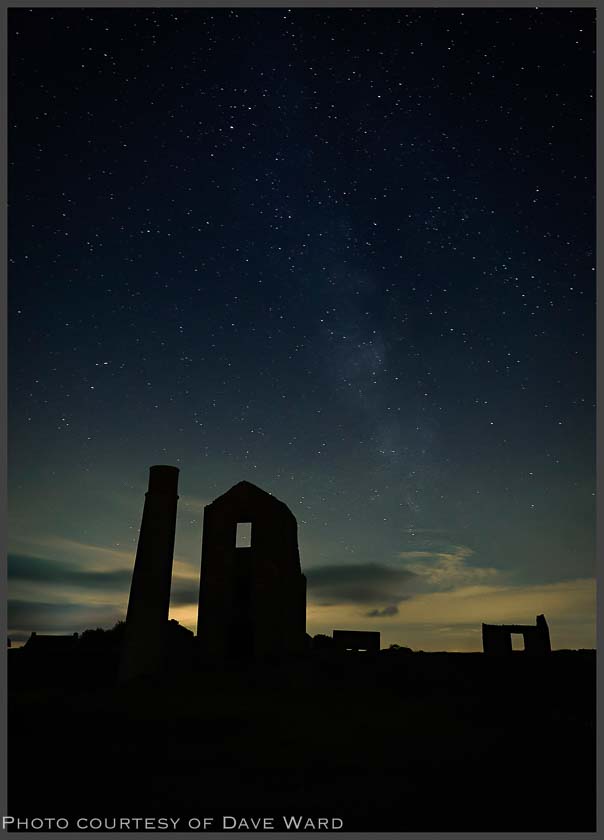This course has now taken place, but you can see details of all the other landscape and beginners’ level photography courses we are currently running here.
This advanced level course is limited to just 6 photographers, and places cost £99.00 each. Please contact us to request a booking form or if you require further information.
Most photographers have tried to photograph a sunset at some point (many cameras even have a special “sunset” mode), but are often disappointed with the results. On this course you’ll find out why this can happen, and learn some of the techniques that will make your sunset photos really come alive. Many of these same techniques also apply to twilight and night sky photography, and during this course, you will learn how and when to use them.
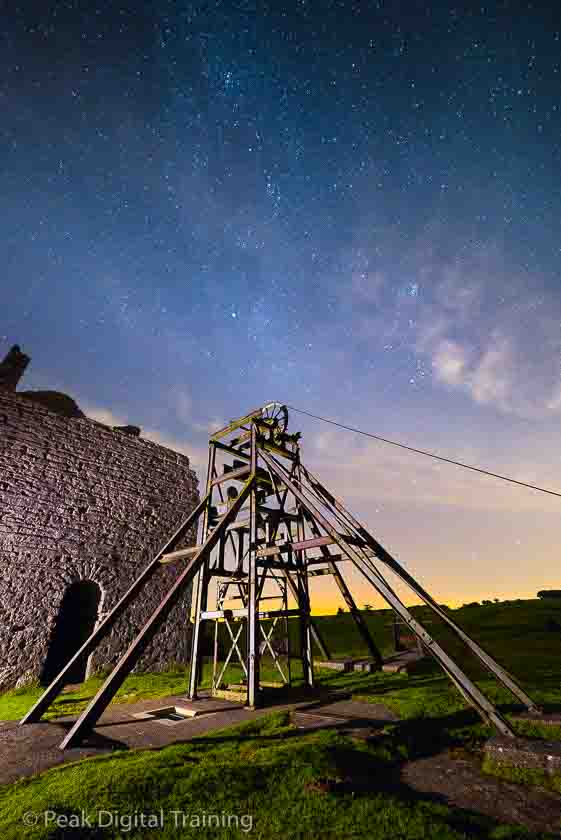
Modern digital cameras work extremely well in low light conditions, and have made night photography much easier and predictable than it used to be just a few years ago. So if you’ve ever wanted to try low light, night photography or “light painting“, this course will show you how to get started, and what fun it can be!
It is being held at a very safe, rural location in the Derbyshire Peak District – which has relatively little light pollution and is ideally suited for sunset and night photography. With wide horizons, twisted trees and amazing old industrial buildings and chimneys silhouetted against the sky, this is one the prime locations in the whole of the Peak District for this type of photography.
 There are often some lovely evenings in September, with light winds, spectacular sunsets – and warm temperatures! On October 4th, the sun will be setting at about 6.30pm pm, and the course will begin before that at 4.00pm – so we will be able to take full advantage of “golden hour” light, continue through sunset and into “blue hour“, and finally night itself.
There are often some lovely evenings in September, with light winds, spectacular sunsets – and warm temperatures! On October 4th, the sun will be setting at about 6.30pm pm, and the course will begin before that at 4.00pm – so we will be able to take full advantage of “golden hour” light, continue through sunset and into “blue hour“, and finally night itself.
The moon will be 91% illuminated on this date, and will rise around an hour before sunset – so we will hopefully have the chance to photograph the almost full moon while the buildings and other foreground features are still lit by daylight. This combination can produce spectacular images that require a minimum of post-processing.
Later, when it has got properly dark, we will be able to get some different shots with the buildings and landscape illuminated just by the light of the moon – which is a relatively easy introduction to photography at night.
The photographic possibilities on this course are obviously dependent on the weather and cloud conditions, but even if it’s cloudy, we will still be able to get some great photos using combinations of natural light and “light painting” using flashguns and/or the lights that we will be bringing along.
“many thanks for a brilliant low light/night workshop … I personally learned a lot that evening as did all the other participants and I respect that you keep your groups small so everyone gets your valuable help.” Stuart
There will be a maximum of only 6 photographers on the course, with places costing £99.00 each. Numbers are deliberately being kept low, and priority will be given to people who have already attended one of our landscape photography courses.
Please contact us if you would like more information, or to request a booking form for the course.
We will be based in a lovely 170 year old stone-built cottage which is right on site, so there will be very little walking involved on this course. The cottage has its own private car parking well away from the road, as well as a wood burning stove, drinks making facilities and toilets. We will be also bringing a laptop computer to help show you the techniques involved and to allow you to check the images you take straight away on a large monitor.
Here are some photos that clients have taken on previous courses at this location:
As this is an advanced level course, you must be able to set shutter speeds, apertures, ISO and be able to focus your camera in fully manual (M) mode – if you’re not able to do that, we would recommend coming on one of our landscape photography courses first to develop your skills.
You do not need any special equipment for this course, except that your camera must have a manual (M) exposure mode, and be able to take photos using long shutter speeds – ideally 30 seconds or even longer. Digital slr and mirrorless cameras should all be fine, but some compact cameras are also suitable (if you are in any doubt about the suitability of your camera, please contact us for advice). Wide angle lenses will be the most useful on this course – ideally with a maximum aperture of f2.8 or faster – but longer lenses may also be useful for pictures of the moon itself and the sunset.
A sturdy tripod is also a must (though we will be able to lend you one if you haven’t already got one), and some sort of remote shutter or cable release would be useful (though not essential).
Apart from that, all you will need is a torch – both to help you set up your equipment in the dark and to use for light painting. LED torches are best, as their light is often close to the colour temperature of daylight, but any other torch will do – the more powerful, the better. If you have a flashgun (a separate one, not just the pop-up flash on your camera) do bring that as well, though we will also be providing several for us to use, as well as some wireless flash triggers and flash gels.
We will mostly be working in small groups (so that we don’t get in each other’s way), so not only will we and our equipment be safe (though safety is not really a problem in such a rural location), but we will also have “human slaves” to hold and direct flashguns and lights for us. It should be great fun!
Please contact us if you would like more information, or to request a booking form for this course.
